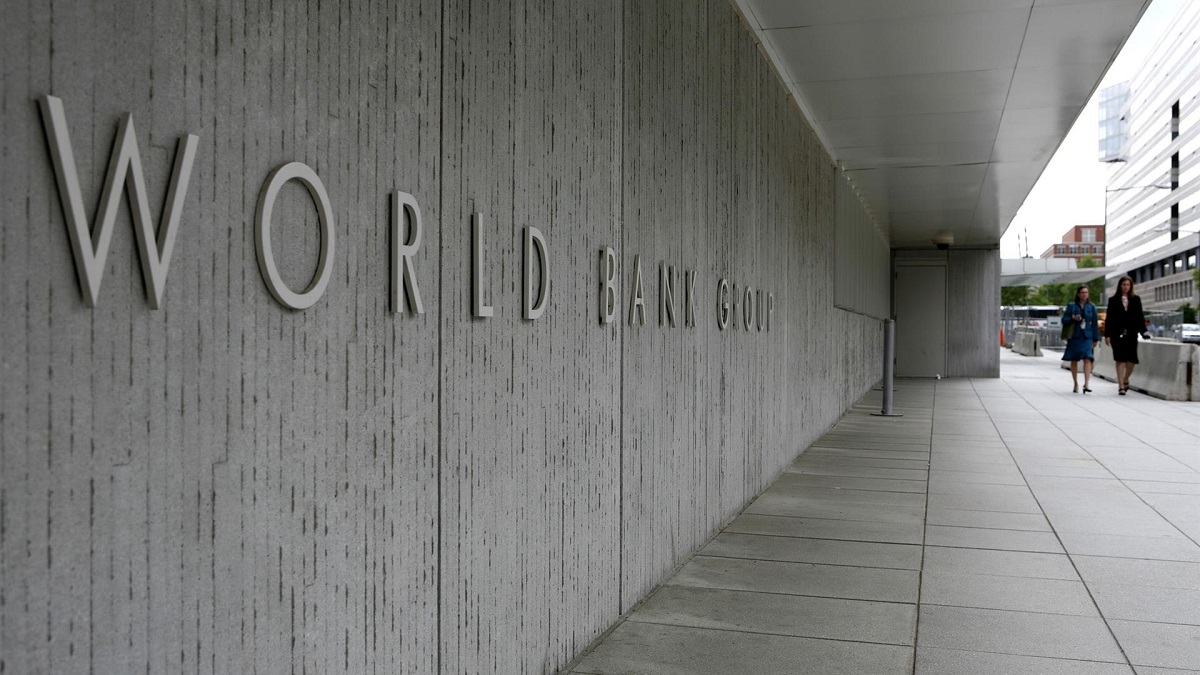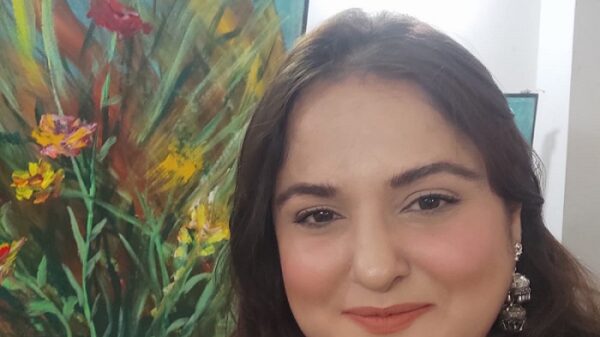ISLAMABAD: The World Bank does not see a speedy economic turnaround in Pakistan, projecting a mere 1.3% growth rate with public debt peaking a whopping 94% size of the nation’s economy in the current fiscal year.
“Pakistan’s exposure to debt-related shocks will remain elevated,” the WB said in its annual flagship South Asia Economic Focus report released on Tuesday.
Prime Minister Imran Khan had promised to cut the public debt on back of doubling the tax revenues – the two goals he has failed to achieve despite changing five Federal Board of Revenue chairmen and three finance ministers.
The global lender has said that the country’s economic recovery remains fragile and predicted a rise in poverty too. The report came a day after Prime Minister Imran Khan showed the door to his second finance minister, Dr Abdul Hafeez Shaikh.
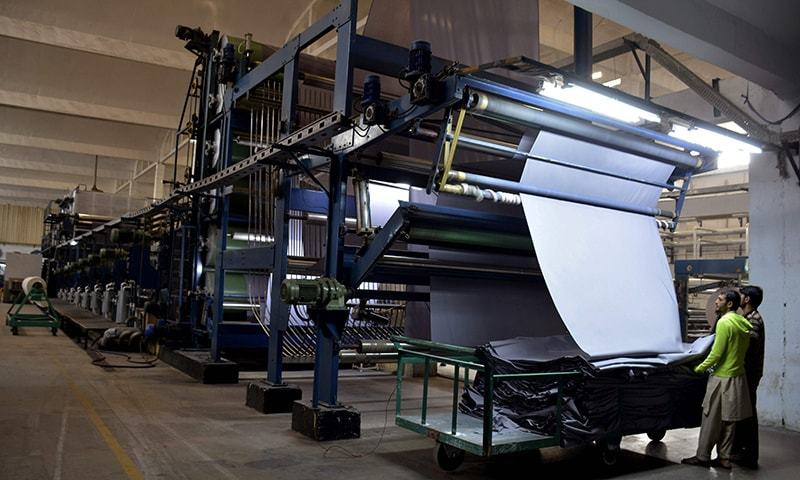
The Washington-based lender has revised upwards its economic growth forecast to 1.3% for this fiscal year, which is still less than half of around 3% that the State Bank of Pakistan and the federal government have been predicting.
“I would not overstate the difference between the WB and the government’s projections of economic growth rate and debt-to-GDP ratio,” Hans Timmer, WB’s chief economist for the South Asia region said while responding to a question.
Timmer said that the trajectory was positive.
The WB has also forecast only 2% economic growth rate for the next fiscal year, which is almost half of what the government would aim at in its fourth year in power.
The output growth is expected to recover gradually over the medium-term, averaging 2.2% over fiscal year 2020-21 and 2022-23, mostly due to contributions from private consumption, according to the report.
It said sectors that employ the poorest, such as agriculture, are expected to remain weak, and therefore poverty is likely to remain high.
The WB projected 9% inflation rate in Pakistan for this fiscal year. It also stated that it could slow down to 7% in the next fiscal year.
As fiscal consolidation efforts are expected to resume, the deficit is projected to remain elevated at 8.3% of GDP in this fiscal year partly due to the settlement of arrears in the power sector. The government told the cabinet last month that the budget deficit would remain within the target of 7.1% of the GDP.
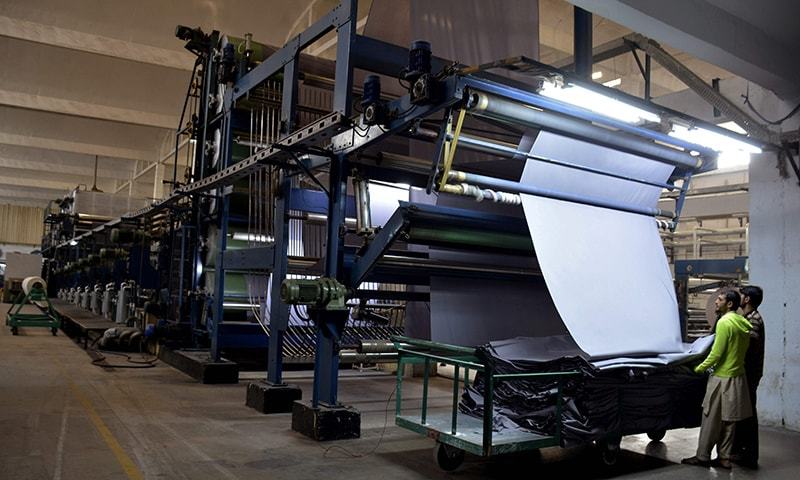
For the next fiscal year, the WB has projected the budget deficit at 7.7% of the GDP, which too is not sustainable.
“Still, public debt will remain elevated in the medium-term, as will Pakistan’s exposure to debt-related shocks,” according to the WB.
The lender has projected the debt at 93.9% of the GDP or Rs43 trillion, forecasting it to increase to 94.4% in the next fiscal year.
The public debt was 88% of the GDP in the last fiscal year as compared to 72.5% when the PTI came to power in July 2018.
The WB said that the current account deficit (CAD) was projected to narrow to 0.8% of the GDP in this fiscal year, as a wider trade deficit is more than offset by stronger inflow of remittances. However, the CAD was expected to increase over the medium-term, it added.
The WB said that exports would further dip in this fiscal year but are projected to grow from next fiscal year, as external conditions become more conducive and tariff reforms gain traction. But imports are also expected to increase in line with stronger domestic activity and higher oil prices.
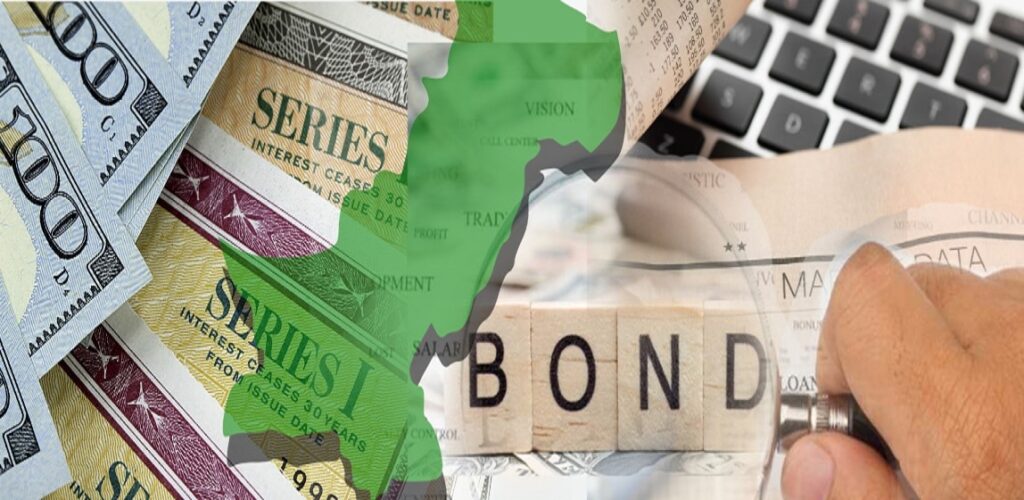
Pakistan’s economy was severely impacted by the Covid-19 shock in the last fiscal year, leading to an increase in poverty. With the lifting of lockdown measures, the economy is showing signs of a fragile recovery, the WB said.
The report also confirms what is already in public knowledge – a poor vaccination campaign in Pakistan.
As of March 23, Pakistan had vaccinated only 304,000 people, which was just 0.1% of the population and the date for vaccinating 70% of the eligible population was “unknown”, the WB said.
It said that except for Afghanistan and Pakistan, South Asian countries have significantly lower than average fatality-to-case ratios. Both the countries have so far vaccinated only 0.1% of the population and the date to reach out to 70% is unknown in both the cases.
Surge in Covid-19 cases as of end-March in India, Bangladesh and Pakistan may require continued restrictions, it added.
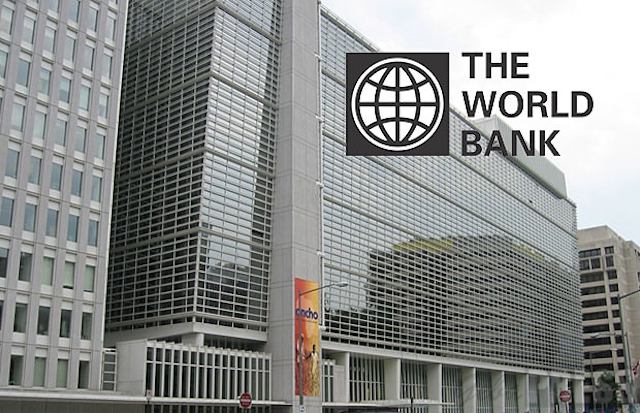
The poorer income groups in India, Bangladesh and Pakistan suffer a greater fall in per capita consumption than the richer income groups do due to Covid-19. The income gap between the poorest 90% of the population and the richest 10% widened even further in India and Pakistan because of Covid-19, it added.
The poverty incidence is estimated to have increased in the last fiscal year while using the international poverty line of $1.9 per day, with more than two million people falling below this poverty line. Moreover, 40% of households suffered from moderate to severe food insecurity, the WB said.


